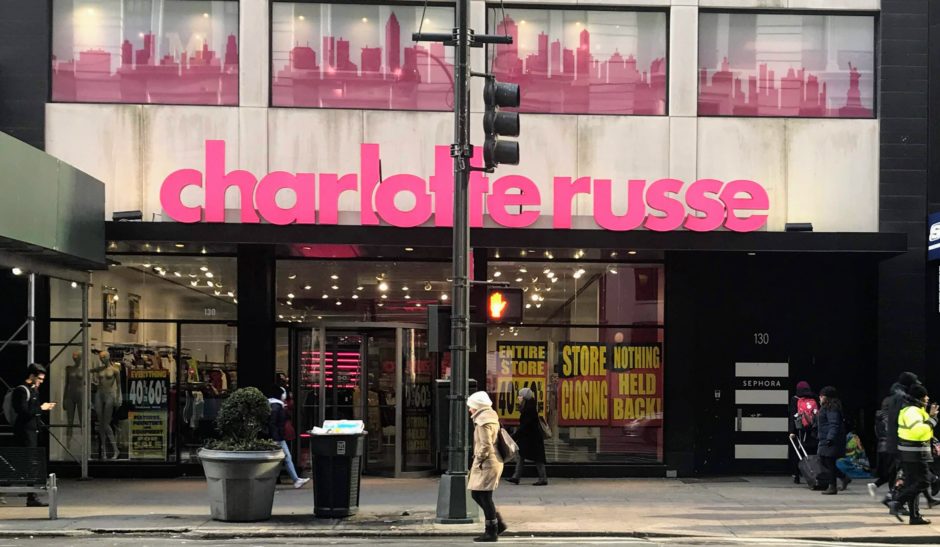On Monday, the Commerce Department will publish its numbers for all the retail goods and services sold in the month of February. This retail sales report has been delayed due to the government shutdown
1. Slow healing from December’s depressed retail numbers
In January, retail sales had a modest rise of 0.2%, a recovery not sizeable enough given the December plunge of 1.2%, which was the worst decline in sales in nine years.
Ryan Sweet, head of monetary policy research at Moody’s Analytics, says economists will closely scrutinize this report to see whether or not consumers came back to life this February.
Sweet predicts a rise in sales,
2. Delay in tax refunds…not a big worry
Another shutdown effect has been the delay in tax refunds. Some 14,000 unpaid internal revenue employees were reported to not show up during the month of January. A short-staffed department along with tax legislation changes resulted in refunds reaching consumer pockets a little later than expected.
But, the impact that this may have had on retail numbers will not be huge.
Usually, the boost in consumer spending due to tax earnings is seen in the middle of February, said Sweet. He expects the delay to only shift this surge towards the end of the month. “People put that money [refunds earnings] to work really quickly,” he added.
3. Rise in wages may translate to looser pockets
Wage growth in February reached 3.4%,
When wages rise further than inflation it gives consumers real purchasing power. In simple words, consumers can buy a lot more from each dollar.
Bernard Baumohl,
4. America’s retail apocalypse a boon for online sales

Charlotte Russe at 34th St. closing down. The company plans to close all of its stores over the next two months. Photo Credit: Karishma Vanjani
Baumohl expects a 0.5% to 0.7% increase in retail sales. He forecasts this uptick despite brick-and-mortar retailers announcing about 5,000 store closures in the past few months. This is because, as per Baumohl, online sales will continue to grow and take a bigger bite out of overall retail sales.
Online sales grew by 2.6% in January, after recovering from a sharp drop in December.
5. Auto sales might decelerate..but
Receipts at auto dealerships tumbled down by 2.4% in January, the largest drop since January 2014. But, auto sales still remained above the 17 million
The high volume of total sales in the auto sector benefits the economy.
“We may not see auto sales revive to that level,” said Robert Brusca, chief economist at Fact and Opinion Economics. “But when you see levels of sales around 17 million units, there is a lot of upside to it.”





